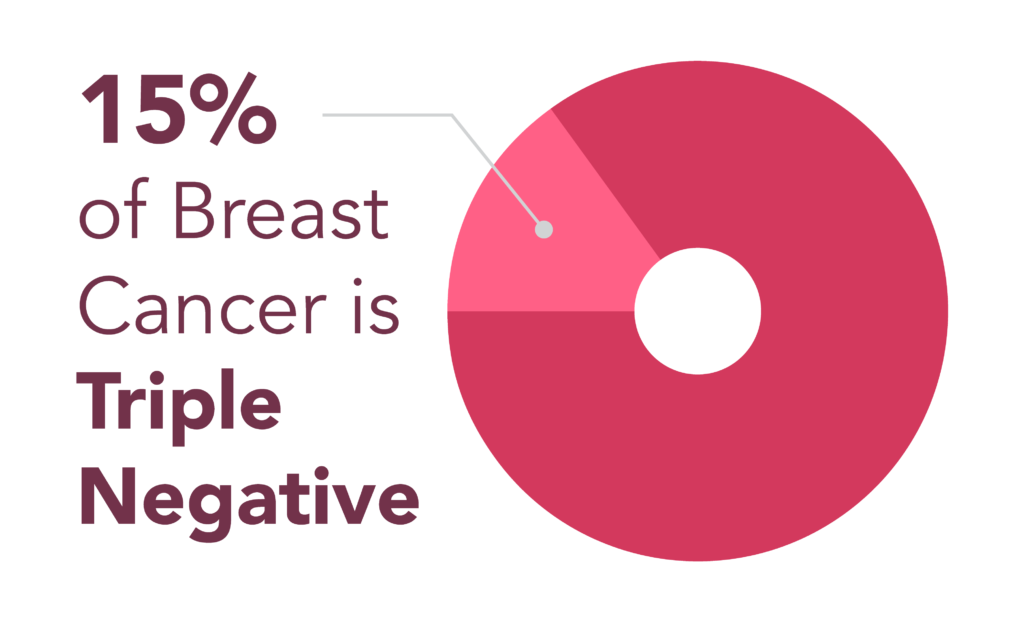The Relationship Between DLG5 and PD-L1 in Triple-Negative Breast Cancer

Triple-negative breast cancer is one of the most aggressive forms of breast cancer, lacking estrogen, progesterone, and HER2 receptors. This limits the effectiveness of targeted hormone therapies, making chemotherapy the primary systemic treatment. In recent years, immune checkpoint inhibitors targeting PD-1 and PD-L1 have shown promise in treating this cancer by enhancing the body’s immune response against tumor cells. However, the success of immunotherapy remains inconsistent, as only a subset of patients responds favorably. Identifying factors that influence PD-L1 expression and tumor immune evasion is crucial for improving treatment outcomes.
The Role of DLG5 in Cancer Progression
Discs large homolog 5 (DLG5) is a protein involved in maintaining cell polarity and structure. It plays a significant role in regulating tumor development and progression. Studies suggest that DLG5 expression decreases as breast cancer becomes more aggressive, potentially contributing to cancer cell migration and invasion. Additionally, the loss of DLG5 has been linked to activation of the Hippo signaling pathway, which promotes tumor growth. Given the connection between this pathway and PD-L1 expression, this study investigates whether DLG5 influences immune evasion mechanisms in triple-negative breast cancer.
The study utilized cell culture experiments with two triple-negative breast cancer cell lines, SUM159 and MDA-MB-231. A hypoxic environment was simulated using cobalt chloride, a chemical that mimics low-oxygen conditions typically found in tumors. Various laboratory techniques, including cell proliferation assays, gene expression analysis, and protein studies, were employed to evaluate changes in PD-L1 and DLG5 expression under different conditions.
The correlation between DLG5 and PD-L1 expression was also analyzed in patient tissue samples obtained from clinical databases and immunohistochemical staining. These results provided insights into the relationship between these two proteins at both the cellular and tissue levels.
Key Findings on DLG5 and PD-L1 Expression
Under normal oxygen conditions, silencing DLG5 led to an increase in PD-L1 expression in breast cancer cells. However, under hypoxic conditions, this relationship was reversed, with lower DLG5 levels correlating with reduced PD-L1 expression. This suggests that hypoxia significantly alters the interaction between these two proteins, possibly affecting tumor immune evasion strategies.
In patient tissue samples, a negative correlation was observed between DLG5 and PD-L1 expression. Lower levels of DLG5 were associated with more aggressive tumor behavior and higher PD-L1 expression, reinforcing the idea that DLG5 loss may contribute to immune evasion in triple-negative breast cancer.
The Impact of Hypoxia on PD-L1 Expression
Hypoxia is a well-known factor in tumor progression, influencing angiogenesis, metabolism, and immune suppression. The study confirmed that hypoxic conditions upregulated PD-L1 expression in triple-negative breast cancer cells, promoting their ability to evade immune detection. This effect was mediated through the activation of hypoxia-inducible factor-1 alpha (HIF-1α), a key regulator of cellular responses to low oxygen levels.
Blocking PD-L1 using the inhibitor fraxinellone reduced cancer cell proliferation and migration, demonstrating the potential therapeutic benefit of targeting PD-L1 in combination with other treatments. Interestingly, inhibiting PD-L1 also increased DLG5 expression under normal oxygen conditions, further suggesting a complex interplay between these proteins.
These findings provide valuable insights into the molecular mechanisms regulating immune evasion in triple-negative breast cancer. Given the negative correlation between DLG5 and PD-L1, assessing DLG5 levels could help predict a tumor’s likelihood of responding to PD-L1 inhibitors. Patients with low DLG5 expression and high PD-L1 levels may benefit more from immune checkpoint therapies, while those with high DLG5 expression may require alternative treatment strategies.
Additionally, targeting pathways that restore DLG5 function could offer new therapeutic opportunities. Since DLG5 plays a role in maintaining epithelial structure and suppressing cancer progression, drugs that enhance its expression might help counteract immune evasion and tumor metastasis.
Future research will explore how hypoxia-driven changes in PD-L1 and DLG5 expression affect immunotherapy outcomes. Investigating whether combination therapies that modulate the hypoxic tumor microenvironment improve response rates to PD-L1 inhibitors could lead to more effective treatment strategies for patients with triple-negative breast cancer.
To learn more, read this!: Correlation analysis of DLG5 and PD-L1 expression in triple-negative breast cancer | BMC Cancer | Full Text

